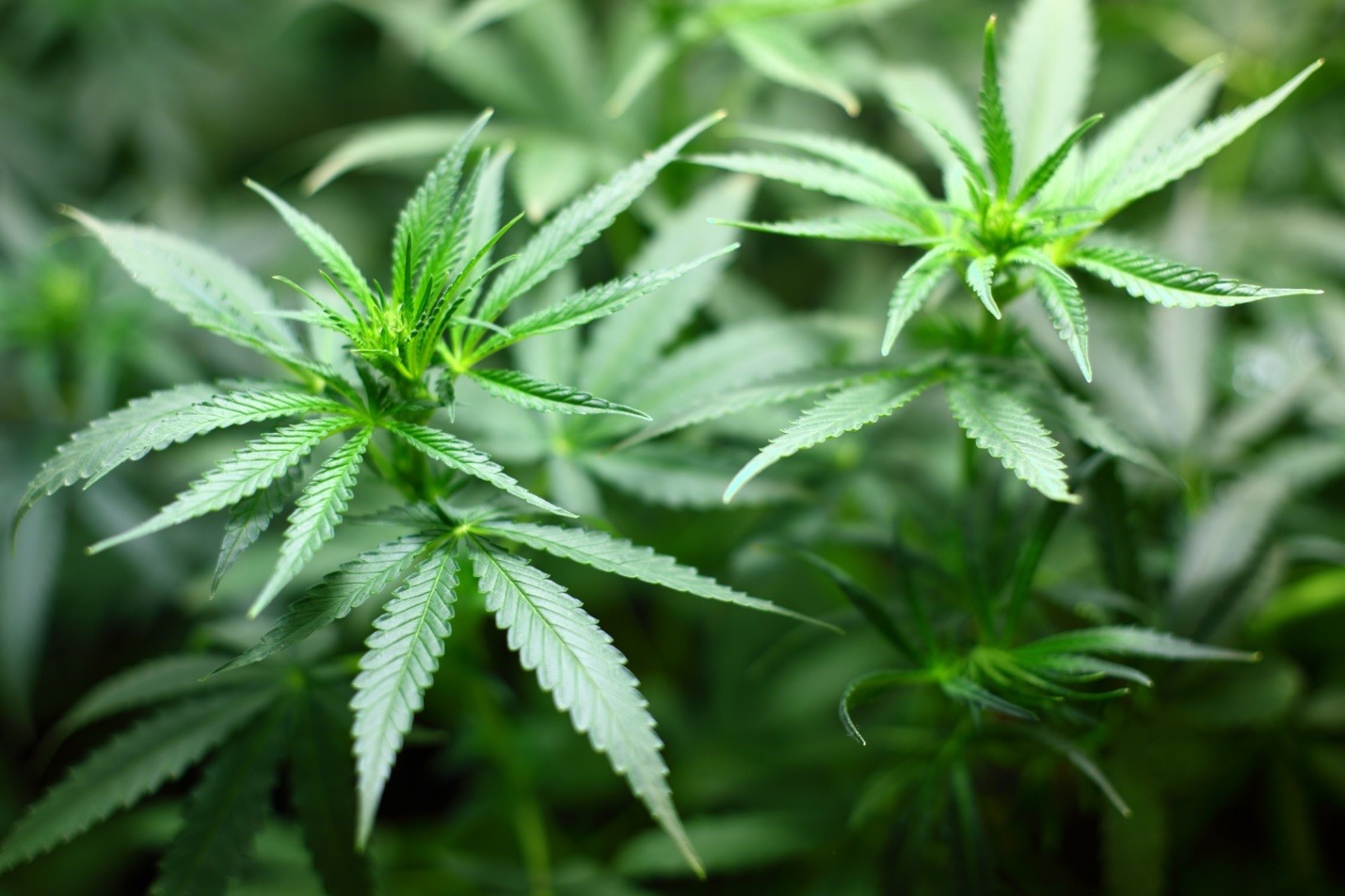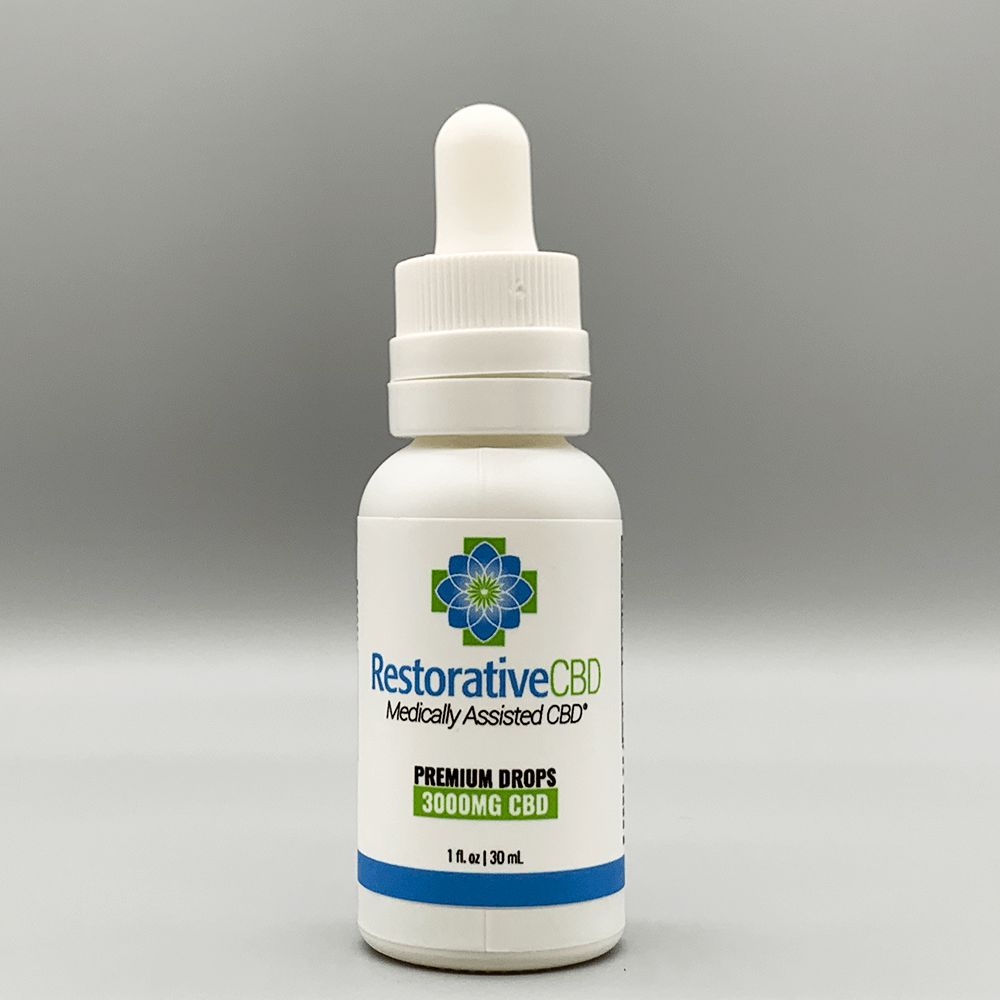
You might have heard hemp described as a plant with low levels of THC. Hemp has been called a weed, but it is actually a rich source of protein and fibre. Hemp is an excellent choice for clothing, footwear, or bioplastics. Before you think of hemp as a viable alternative to traditional plastics, continue reading for more information.
Hemp is a form of weed
You may have heard of "hemp" before. After the passage of the 2018 Farm Bill, it is legal to grow hemp in the United States. Hemp has a fibrous structure and produces small, white flowers that are surrounded by trichomes. Hemp seeds contain small amounts of THC but won't give you a high or feel euphoric. Hemp seeds could also lead to immune reactions in the body.
It contains very low amounts of THC
Hemp seeds are an excellent way to get your daily intake of omega-3 fat acids. Because the seeds of hemp are low in THC, they can be an alternative to dairy products and meat. Hemp has very low levels of THC, making it legal to consume in the U.S. Hemp seed have a mild nutty flavour that is similar unsalted sunflower seeds. Even though they have a very small amount of THC they are safe to consume for those in recovery from a cannabis addiction.

It is a great source of protein
Hemp seeds are rich in essential and polyunsaturated fatty acids. Healthy immune system needs to have a balanced intake of omega 3 and 6. Our typical Western diet is high in omega 6 fats, and low in omega 3 fats, a ratio that is linked to chronic disease states. Hemp protein is a good source of protein, and contains a 3:1 ratio of omega 6 to omega 3, which is considered the optimal ratio. This helps to correct the essential fat acid imbalance and improves overall health.
It is a source of fibre
Hemp can be grown as a crop for many reasons. Hemp fibre is much longer than flax and more flexible than that of flax. Although it is yellowish-greenish in colour, hemp fibre is rarely dyed. Hemp is also strong making it an excellent choice for rope, cordage and coarse fabrics. Hemp textiles come in many forms, including clothing, shoes, and bioplastics.
It is a source for tocopherols
Tocopherols are an antioxidant that plays multiple roles in the body. They act as radical scavengers, delivering hydrogen atoms to the body. Tocopherols being fat-soluble make it easy to donate a hydrogen to a peroxyl-radical. Tocopherols protect the cells from damage by free radicals.
It can help with hormonal imbalances
Hormonal balance is a common problem for women, particularly during their menstrual cycle. Symptoms of hormonal imbalance include lack of sleep, lethargy, anxiety, depression, breast tenderness, headache, and nausea. Hormonal problems can lead to infertility and other health issues. Hemp oil and natural remedies such that it can be used to treat these conditions have proved effective for many.

It is a good source of ALA
Hemp is high in ALA. It also contains all the essential amino compounds required for the creation of antibodies. It is a source for ALA but is not common in American food. Many of the nutrients we require are not found in our diets, which is why most of our foods have too much omega-6. Hemp oil, which contains omega-3 and omega-6 as well as the rarer omega-7 fatty acid and omega-9, is a good source. Although ALA, LA and EPA are not necessary, they help produce DHA/EPA in the human body.
FAQ
Is CBD a good business to invest in?
As hemp-based products gain popularity, so does the market. By 2022, the market for hemp-based products will reach $1 billion.
The market is also expected to continue growing at an annual rate of over 20% until 2020, when it reaches $2.5 billion.
Hemp oil can be found in many beauty and health products, including lotions, shampoos and lip balms, moisturizers and body butters.
There are many CBD-infused food items, such as snacks, dog treats and pet foods, that can be produced by companies.
CBD is currently legal in all 50 states, although this may change soon. Businesses will find it easier to legally operate legally as more research is done on CBD's potential uses.
These are all factors that make CBD investments a viable venture.
What CBD products are the most popular?
CBD products can be found all over these days. They can be used for anything, including pain relief or anxiety. The market is vast and growing rapidly.
But what are people buying CBD oil for? How does this impact you as a brand manager?
According to Statista CBD products are purchased for their relaxing properties. They are also used for their anti-inflammatory properties.
This means that your product can be sold for medicinal or recreational purposes if it contains CBD and THC.
What about brands that are focused on a single purpose? One example is CBD for stress relief.
Also, if a brand is focused on CBD for medical reasons, it will have large customers.
But, if a brand is looking to target recreational users they will need to develop a unique selling position (USP). A USP is essentially a benefit or feature that distinguishes a brand from its competitors.
Some brands offer free shipping while others offer bulk discounts.
Is there any evidence that CBD helps with anxiety?
CBD oil works well to reduce anxiety. This is because it interacts directly with CB1 or CB2 brain receptors. The endocannabinoid system regulates mood and stress responses.
Our bodies activate the CB1 receptor when we feel anxious. When activated, the receptor sends signals back to the amygdala that is responsible for emotional processing.
When the CB1 receptor gets blocked, the amygdala can't process emotions. CBD users report less negative feelings.
A study published in 2017 showed that CBD reduces anxiety in patients with social phobia. Another study revealed that CBD helped reduce symptoms of PTSD.
An 2018 review found that CBD is anxiolytic and can help with generalized anxiety disorder.
Another study indicated that CBD might help reduce panic attacks.
However, several studies have shown that CBD actually increases anxiety levels in mice.
The researchers believe that this discrepancy between human data and animal results may be due to differences in how humans and animals respond to CBD.
There are no long-term safety studies available for CBD. Most experts agree that CBD can be safely used when it is directed.
How can CBD products be successfully promoted by companies in a regulatory-compliant way?
The FDA does not regulate hemp for its agricultural commodities. The Controlled Substances Act regulates all cannabis derivatives, including marijuana. CBD is not covered by any regulations.
CBD is legal in 29 states. However, federal law still considers CBD illegal. This uncertainty is a problem for CBD-product sellers.
The FDA has strict guidelines regarding how CBD products can be promoted. THC content must be clearly disclosed. Without scientific evidence supporting this claim, CBD cannot be used to treat certain medical conditions.
Additionally, the FDA requires manufacturers submit information about manufacturing practices and quality control. Companies are also required to participate in clinical trials in order to demonstrate safety and efficacy.
When developing their own marketing strategies, companies should take into account these points.
Statistics
- A recent systematic review of human trials also reported that individuals with epilepsy receiving CBD (5–20 mg·kg−1·day−1) were more likely to experience decreased appetite than those receiving placebo (i.e., ~20 vs. 5% of patients) (ncbi.nlm.nih.gov)
- CBD seems unlikely to directly influence sleep in healthy humans [115] (and maybe “sleep-promoting” in those with certain comorbid conditions) (ncbi.nlm.nih.gov)
- OralWhere HED is the human equivalent dose, and Km is a correction factor estimated by dividing the average body mass (BM) of the species (60, 0.020, and 0.150 kg for 11 humans, mice, and rats, respectively) and by its surface area (see: Nair et al. (ncbi.nlm.nih.gov)
- While the primary injury may not be treatable, interventions that attenuate secondary sequelae are likely to be of benefit [203].Only one study (ncbi.nlm.nih.gov)
- A recent study [161] also found that in vitro CBD treatment (i.e., ≤ 2 h exposure to 10 μM) induced ~40% vasorelaxation in isolated (pre-constricted) (ncbi.nlm.nih.gov)
External Links
How To
How to become certified for selling CBD products
CBD (cannabidiol), a cannabinoid found in cannabis plants, is just one of the many. It has been used medicinally for centuries, even in South American countries like India, China, and China. In recent years, however, its popularity has skyrocketed due to its ability to treat conditions like anxiety, pain, epilepsy, and inflammation. The U.S. does not have an official certification program yet for CBD products. Therefore, anyone wanting to make a living selling CBD products must rely on their "unofficial" self-certification.
You have two options. The first is to join a local association of canna-business owners. This way, you can learn from others while getting support and advice. There are currently dozens of associations around the country. Another option is to go online. Most states now allow canna-businesses to operate online. If you have the permission, you can start accepting orders and set up your website. You must register with the Department of Public Health in your state. Once you have been registered, you will be able apply for a state license through the department of public health. After you have received your license, your store is officially open and you can begin taking orders.